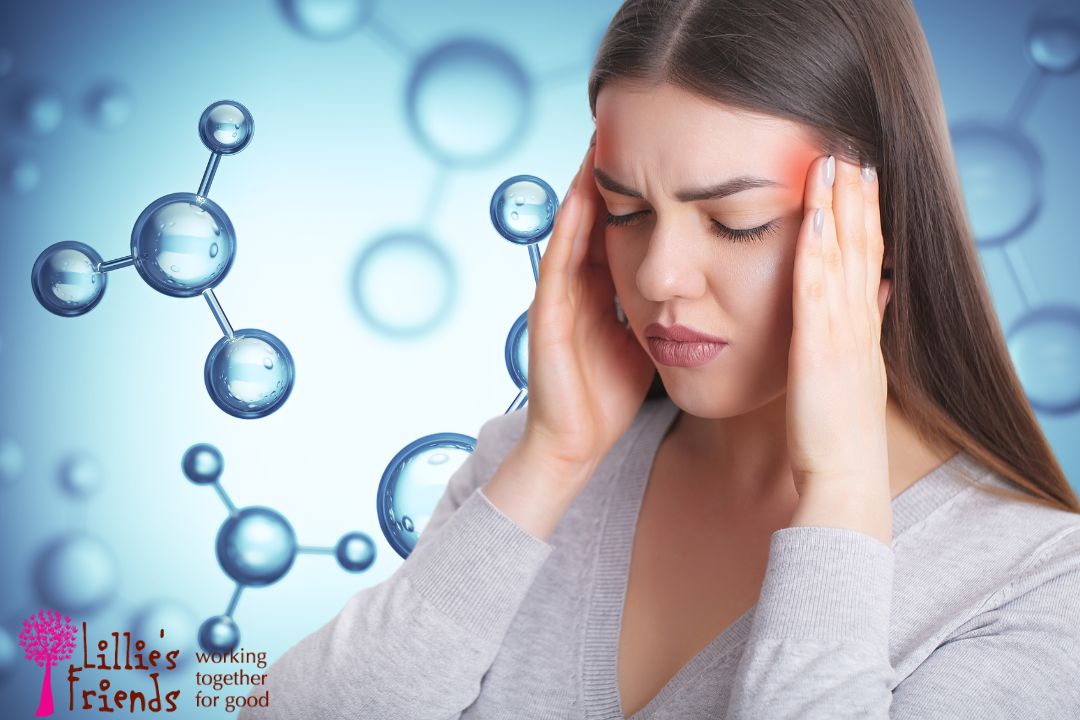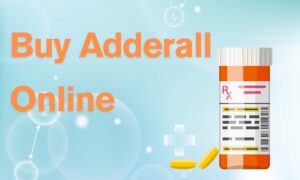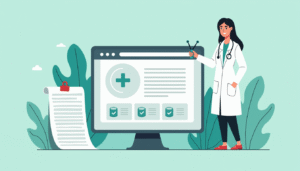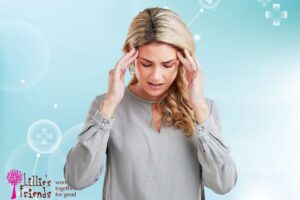One of the most common mental health issues in the world is depression. According to data from the Centers for Disease Control and Prevention (CDC), up to 4.7% of US adults consistently suffer from depression.
As difficult as managing the symptoms of this mood illness is, if treatment is not received, there is a chance that it might develop into chronic depression.
The concept of chronic depression, its symptoms, causes, and possible treatments will all be covered in this article’s summary of the illness.
Chronic Depression: What Is It?
One persistent and protracted manifestation of the illness is chronic depression. The two distinctive features of chronic depression are its prolonged duration and recurring nature, according to the definition. Although this illness is often referred to as dysthymia, persistent depressive disorder (PDD) is the clinical name for both dysthymia and chronic depressive disorder, according to the most recent text revision of the Diagnostic and Statistical Manual of Mental Disorders, Fifth Edition (DSM-5-TR).
A patient must experience symptoms for at least two years and not go more than two months without experiencing any symptoms to be diagnosed with dysthymic disorder. The symptoms of this type of depression are the only ones that last for so long. The disease typically manifests early in life. In contrast to major depressive disorder, the patients often have milder symptoms. Even yet, the illness has the potential to seriously impair a person’s relationships, employment, and spare time.
Signs of Prolonged Depression
While they are less frequent and less severe, the symptoms of major depressive disorder↗ and chronic depression are comparable. Among them are:
- Sadness and hopelessness for a large portion of the day, every day
- The incapacity to enjoy themselves or the things they find enjoyable
- A notable shift in appetite and weight (greater than 5% weight gain or loss)
- Sleep disorders, such as excessive daily sleeping or insomnia
- Fatigue and lack of energy for many days
- A decline in focus and productivity
- Having trouble making decisions
- Headaches and persistent discomfort
- A lack of self-worth
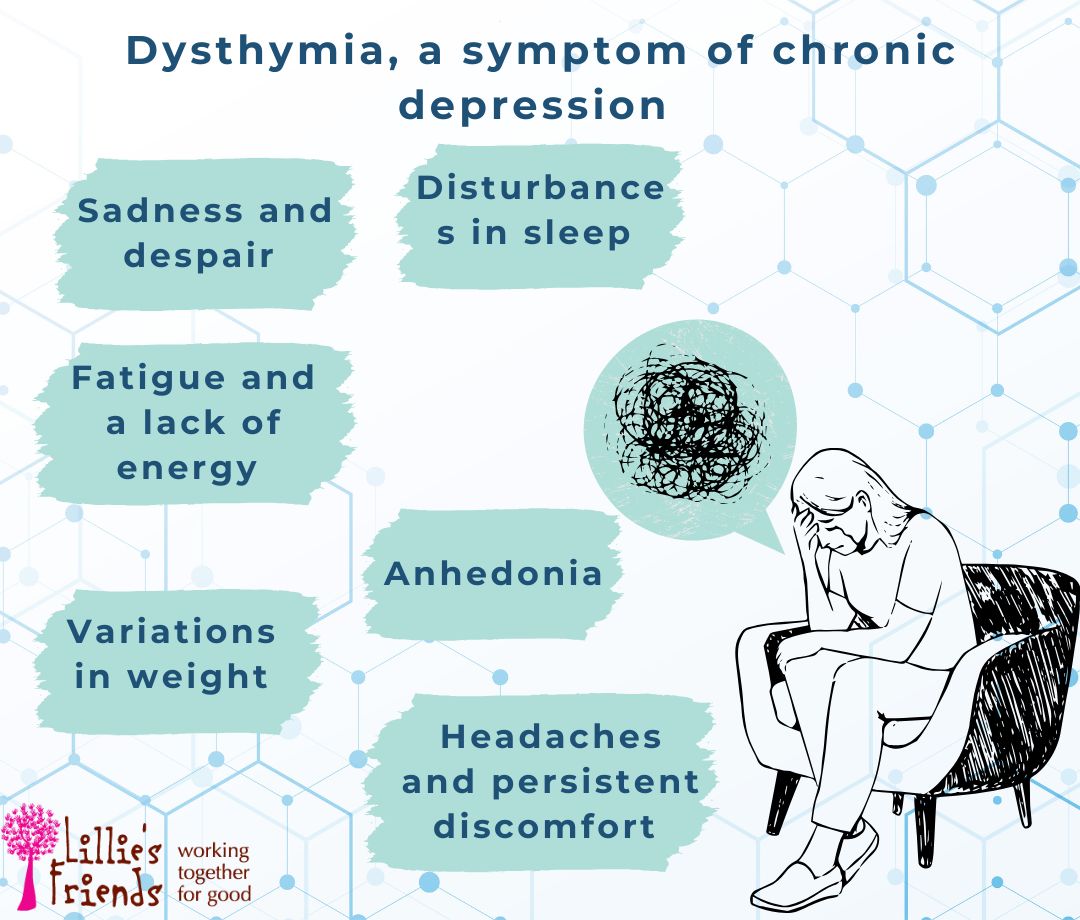
Reasons for Prolonged Depression
Chronic depression has no one cause. Nonetheless, specialists have discovered connections↗ with a number of elements and circumstances, chief among them being
- Chemical imbalances in the brain: disorders involving neurotransmitters such as glutamate, serotonin, dopamine, and norepinephrine, among others, can impact mood and result in persistent depression.
- Genetics: According to research by the American Psychiatric Association↗, if a close biological family member—a parent, sibling, or child—had depression, the individual has a 40% chance of getting it themselves.
- Medical conditions: Chronic depression is prone to coexist with certain disorders, particularly chronic ones. Diabetes, Parkinson’s disease, heart disease, cancer, and Alzheimer’s disease are among them.
- Stressors, life events, and trauma: depression may be a reaction to a painful experience. It could also be a response to a stressful situation or life event, such as a breakup, job loss, etc.
- Drugs: Some drugs, such as birth control pills and statins, also alter the chemical equilibrium in the brain. One of its adverse effects is depression.
Options for Treating Chronic Depression
Like other types of depression, persistent depressive disorder is treated in a similar manner. Each patient’s needs should always guide the course of treatment, which might involve:
- Psychotherapy. In addition to treating the condition’s underlying mental and emotional causes, this therapy gives the patient the necessary coping mechanisms. Cognitive-behavioral therapy (CBT), interpersonal therapy, and problem-solving therapy are the three primary types of therapy. Another option for treating persistent depression is the cognitive behavioral analysis system of psychotherapy (CBASP), which is being studied and considered.
- Drugs. Antidepressants are the mainstay of this therapy method, which aims to return the brain’s neurotransmitters to their ideal balance and function. Antidepressants come in various forms and classifications, and a patient’s prescription is determined by how well they react to the medication and how severe their depression is. Selective serotonin reuptake inhibitors (SSRIs) and serotonin norepinephrine reuptake inhibitors (SNRIs) are the most often prescribed antidepressants.
- Treatment using brain stimulation. Patients who don’t react well to other therapies are the target of this treatment. It entails stimulating the impacted brain regions in charge of mood regulation with electrical currents by electroconvulsive treatment (ECT) or transcranial magnetic stimulation (TMS)↗.
The first-line treatments include medication and counseling. Furthermore, it is frequently more successful to combine the two strategies.
In conclusion
When chronic depression first appears, it may be simple to put off seeking medical help, particularly if it appears to be moderate persistent depressive illness. The illness is not always severe, and there may be cycles of varying degrees of severity. As a result, it might be simple to accept it as a natural aspect of the patient, or they can believe they are improving and decide not to seek medical attention. That shouldn’t be the case because it can lead to a lifetime of depression, aggravate existing health conditions, and negatively impact one’s quality of life.

